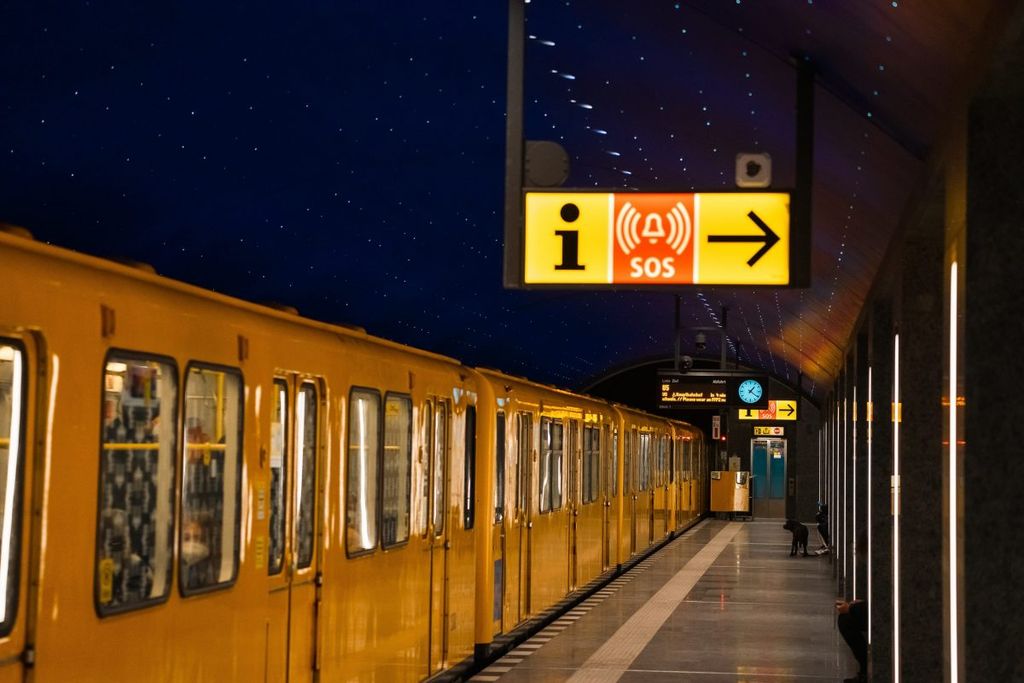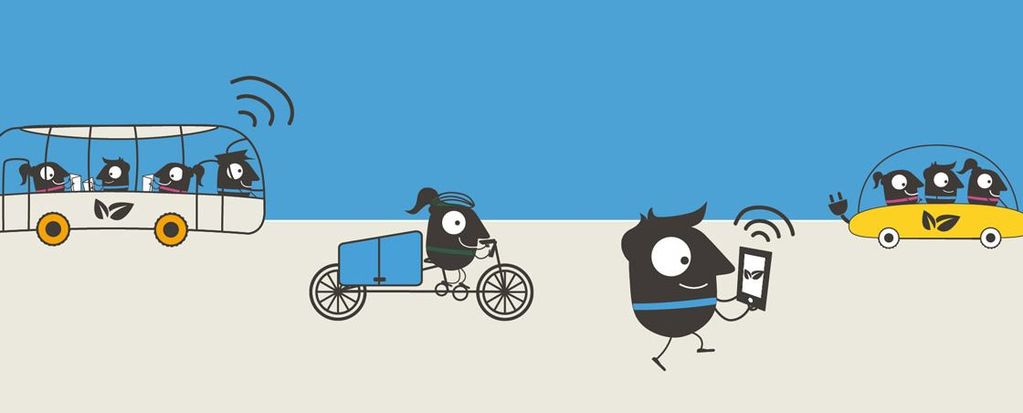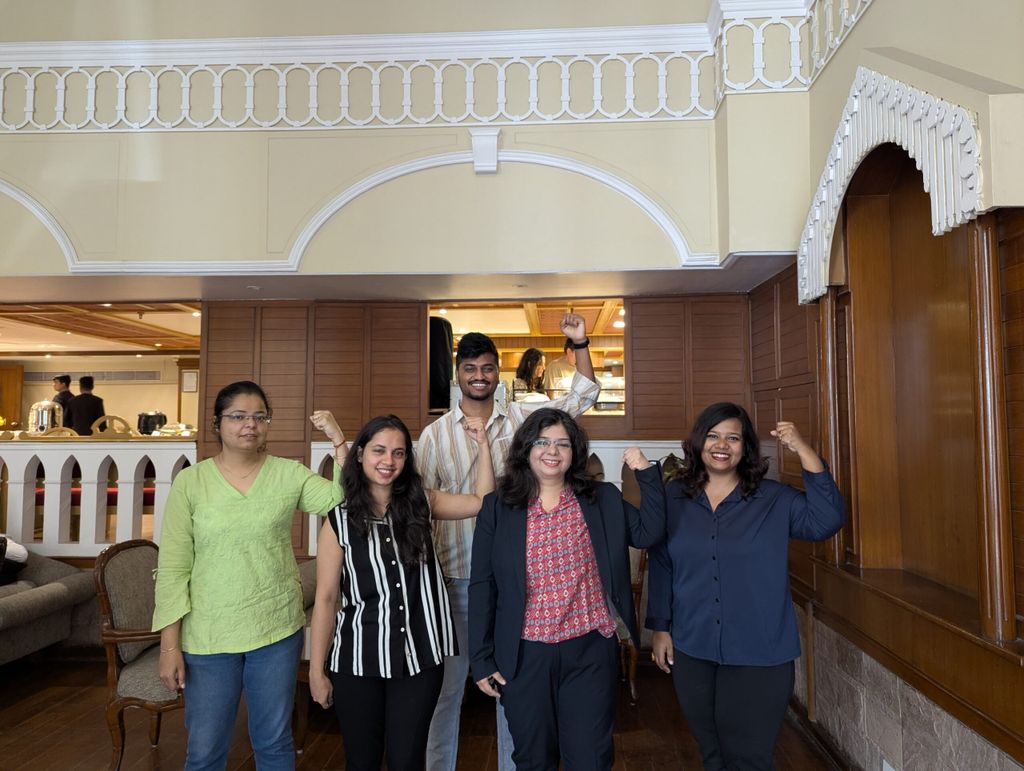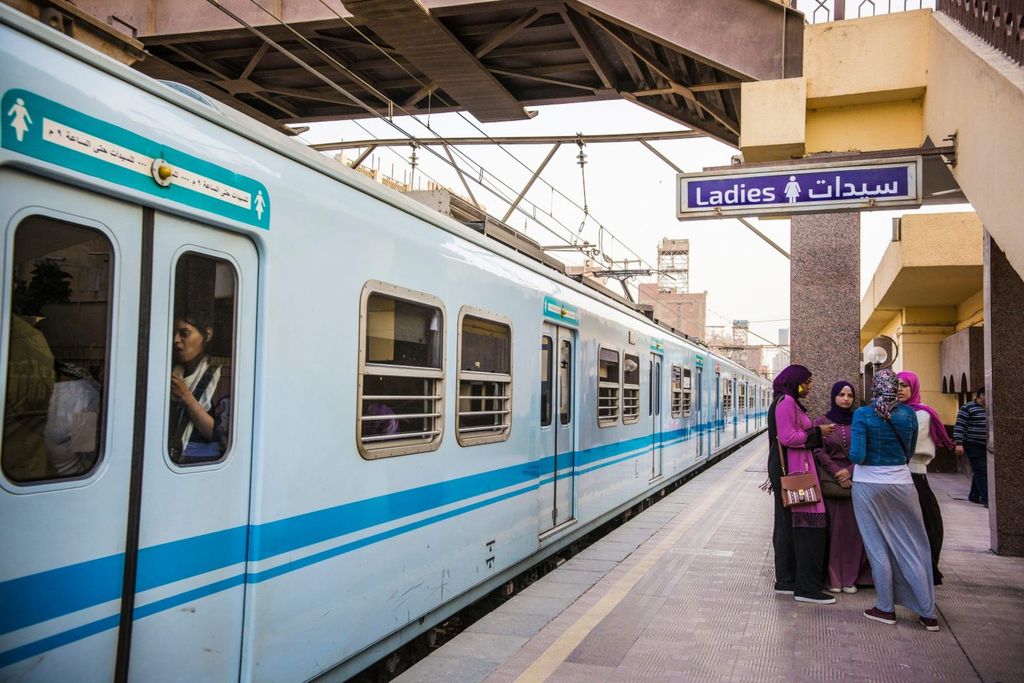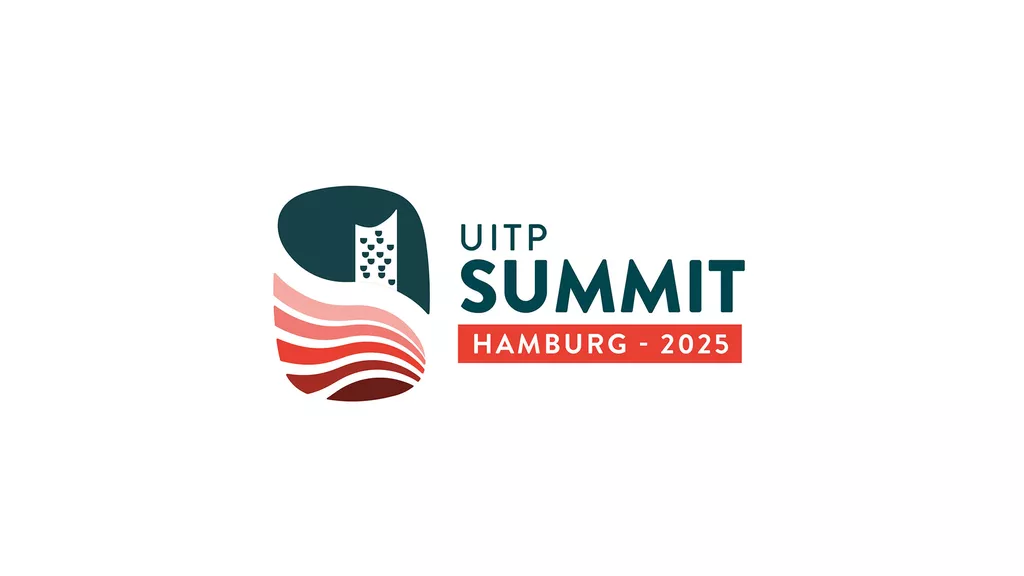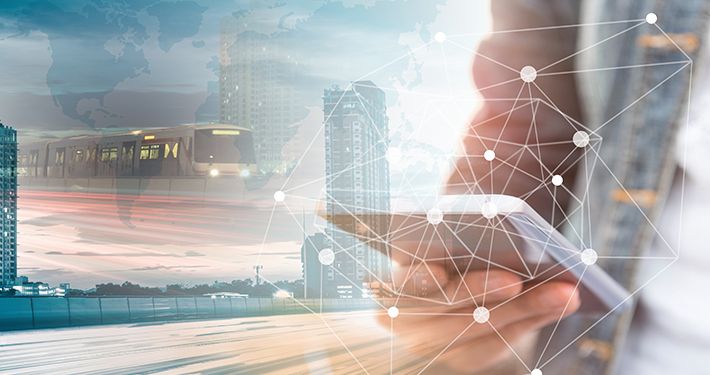
5 innovations that will make public transport more resilient
Which innovations will make public transport more resilient?
There are many ways to make public transport more resilient: designing urban mobility systems that can adapt quickly, performing proper risk assessments, and training the response to crisis.
But the sector evolves and innovates constantly. And some of those innovations have the potential to improve the resilience of public transport even further.
Let’s look at five innovations that will make public transport and urban mobility even more resilient.
Improved telecommunication systems
Telecommunication systems are at the core of many innovations in the public transport sector. From on-demand transport to contactless ticketing, it all relies on a steady and reliable stream of data.
As telecommunications evolves, and 4G becomes 5G and beyond, more devices can be connected to the internet at faster speeds. This helps provide passengers with real time information, but also better enables smart connectivity and user-demand management.
Specifically in crises, when services are disrupted or diverted, giving passengers real-time accurate information is vital. Accurately monitoring user-demand also helps to efficiently allocate scarce resources.

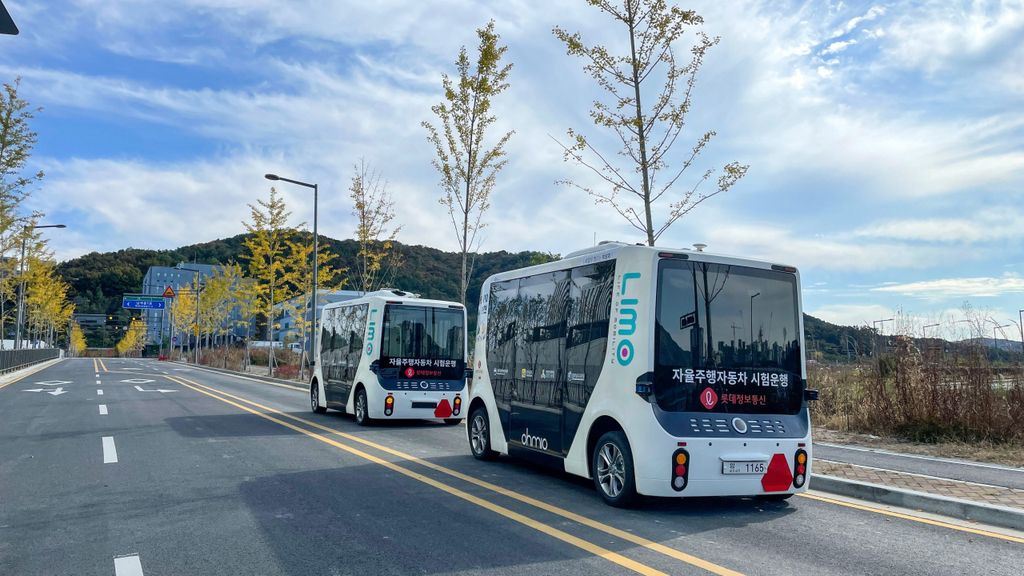
Blockchain and distributed ledger technologies
From the manufacturing of vehicles all the way to the passenger experience, blockchain and distributed ledger technologies (DLT) are receiving growing attention from public transport operators and decision makers.
DLT maintains a permanent record of transactional data in a virtual decentralised database, which is often encrypted for security. Blockchain, the technology behind crypto currencies like Bitcoin, is an example of DLT.
Through its decentralised nature, meaning that the entire ledger is stored on multiple devices spread out across the network, DLT is particularly suited to fend off cyber attacks.
In cities like Sao Paulo and Rio de Janeiro, Brazil, some riders chose to pay their fares using Bitcoin to avoid the fluctuation in the value of the local currency.
Another function of Blockchain is to optimise supply chains and inventory management of public transport operators and industry. DLT-based inventory management can reduce friction and increase efficiency.
UITP recently released a report on distributed ledger technology in public transport:
On-demand and micromobility
The mobility sector has a wide variety of actors, ranging from traditional public transport operators to providers boosted by technological developments and digitalization. Just think of automated vehicles, car and bike-sharing services, ride-sharing, ride-hailing, and the micro-mobility sector.
These mobility solutions play a key role in urban resilience. In the case of the COVID-19 pandemic, shared bikes and scooters offered socially distanced options to travel. And by integrating them into public transport networks, they provide multimodal options for those living further away from public transport.
Because of this, on-demand and micromobility not only make a city more resilient from crises, but also help combat global warming. As people are less dependent on their cars, they can reduce their carbon footprint and improve road safety in the process.
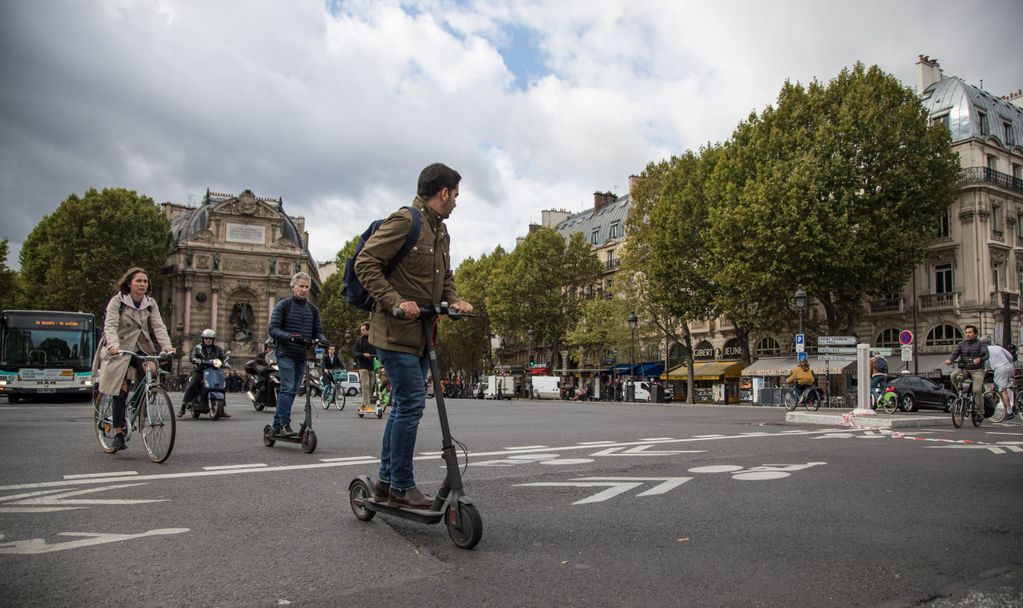

Big data and artificial intelligence
In a recent article, we discussed 5 ways data enables smart, resilient and healthy cities. One striking example comes from Transport for London, which promotes active travel through a database of 500,000 images of London’s cycling assets. This helps build confidence of potential cyclists as they switch to active and multimodal commutes. And the more mobility options citizens feel comfortable with, the better they can bounce back from crises.
Another useful data asset used by Transport for London is ticketing taps. Simply: how often do people tap a ticket to enter or exit a certain station. By sharing this data with the public, they might make journeys outside of peak hours or chose an alternate route when a station is too busy because of an emergency.
Of course this data also helps to formulate emergency response planning, as the operator knows how many passengers will need alternate means of travel if an incident evolves into an emergency.
Artificial intelligence (AI) helps to analyse and use these datasets. As AI evolves further, it will unlock the value of data in all aspects of the public transport sector.
Stay in the loop! Get the latest news and inspiring case studies sent to your inbox. Sign up here.
Electrification and renewables
Around 95% of the energy used by the transport sector comes from fossil fuels. Only 5% comes from renewables, while they are the more resilient fuel source. Decarbonising public transport is the fastest and most cost-effective way to achieve carbon neutrality and make cities resilient.
As recent global events have shown, the supply of fossil fuels can easily be disrupted. This leads to increased prices, potentially leading to financial difficulties for public transport operators and authorities. If the supply falls even further, it could mean that the continuity of services will be threatened.
Renewables like solar and wind, can be sourced locally. In Brazil for example, one operator installed solar panels on the roof of their stations, decreasing distribution cost and guaranteeing enough locally sourced energy to sustain the station.
But to run on renewables, the public transport sector is working hard to electrify its bus fleets. The TUMI E-Bus Mission for example, aims to inspire 500 cities to procure more than 100,000 e-buses by 2025. This results in a reduction of more than 15 megatons of CO2 emissions.
Ultimately, decarbonisation will make the transport sector cleaner and more resilient to energy price shocks. That’s something the whole sector should welcome.
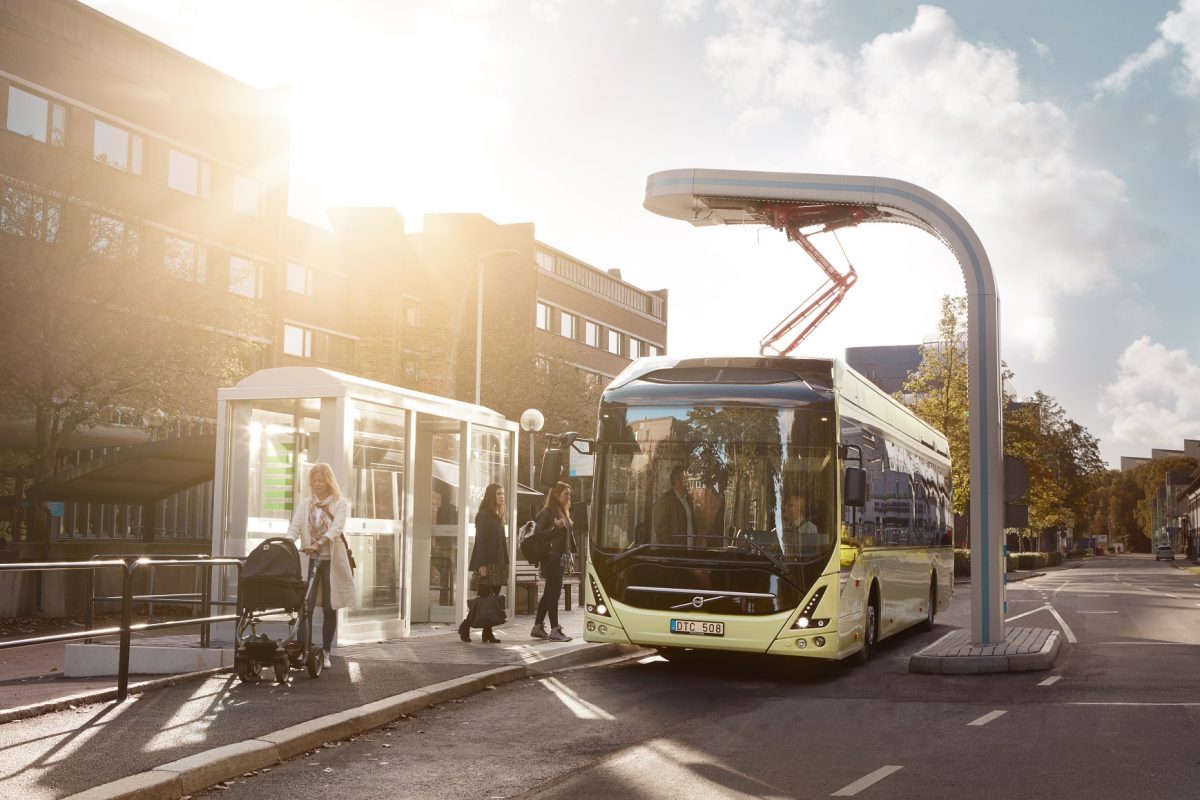
exclusive resources

